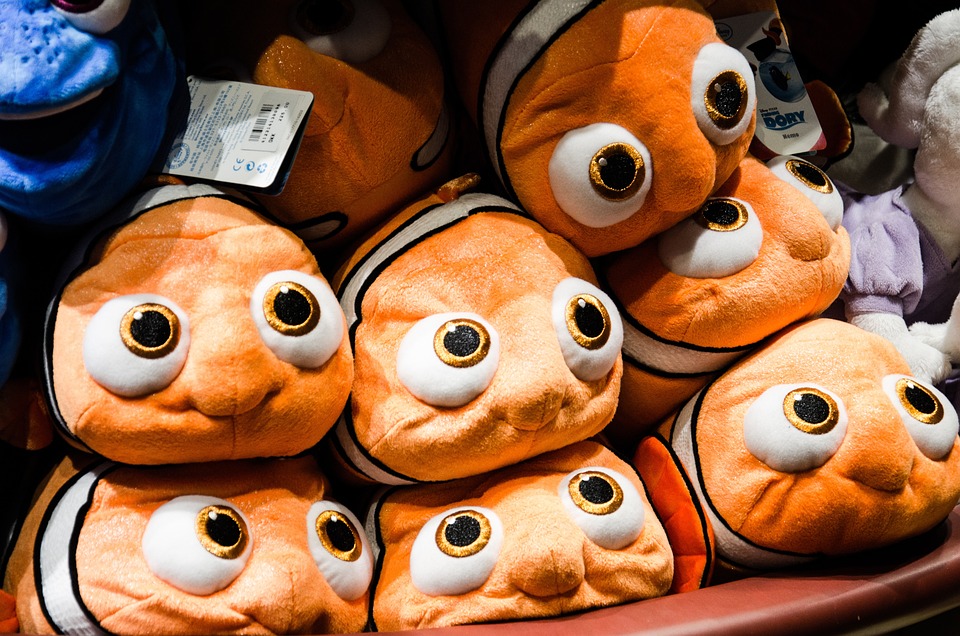Maintaining optimal water quality is crucial for the health and well-being of your fish. One common issue that fishkeepers face is high nitrate levels in their aquariums. In this article, we will discuss effective strategies to reduce nitrate levels and ensure a healthy environment for your aquatic friends.
Before diving into the solutions, let’s understand what nitrate is and why it can be harmful to fish. Nitrate (NO3-) is a byproduct of the natural breakdown of organic matter in the aquarium. While low levels of nitrate are generally harmless, high or prolonged exposure can lead to fish stress, weakened immune systems, and even death.
Regularly testing nitrate levels is essential to identify and address any potential issues promptly. Invest in a reliable water testing kit that includes nitrate testing. Aim to keep nitrate levels below 20 ppm (parts per million) for freshwater aquariums and even lower for sensitive or delicate fish species.
1. Consistent Water Changes:
Regular water changes are among the most effective ways to maintain low nitrate levels. Consider performing weekly or bi-weekly water changes, replacing approximately 25% of the tank’s volume. This helps dilute the nitrate concentration and removes accumulated waste and excess nutrients.
2. Improved Filtration:
Enhancing the filtration system in your aquarium can significantly reduce nitrate levels. Consider upgrading to a high-quality, biological filtration system that includes both mechanical and biological filtration stages. Biological filtration, such as the use of bio-media or live plants, helps convert nitrate into less harmful forms, such as nitrogen gas.
3. Optimal Feeding Practices:
Overfeeding is a common mistake that leads to an excess of uneaten food and waste, contributing to higher nitrate levels. Follow a strict feeding regimen and provide only the amount of food your fish can consume in a few minutes. If there is a surplus of food, promptly remove it using a net or siphon.
4. Live Plants:
Introducing live aquatic plants into your aquarium can help remove nitrates naturally. Plants absorb nitrate as a nutrient source for growth, effectively reducing its concentration in the water. Choose fast-growing plants, such as hornwort or anacharis, which have high nutrient uptake rates.
5. Nitrate-Reducing Additives:
Certain commercially available products can help reduce nitrate levels. These additives contain special bacteria strains that convert nitrate into harmless nitrogen gas. However, exercise caution when using such products, as overdosing or improper usage can harm the aquarium’s delicate balance.
Q1: How often should I test nitrate levels in my fish tank?
A1: It is recommended to test nitrate levels at least once a week, especially in heavily stocked or larger aquariums. However, if you suspect any issues or observe abnormal fish behavior, test the nitrate levels more frequently.
Q2: Can high nitrate levels be harmful to fish?
A2: Yes, high nitrate levels can be harmful to fish. Prolonged exposure to elevated nitrate concentrations can stress fish, compromise their immune systems, and impact overall health. It is crucial to maintain nitrate levels within acceptable ranges.
Q3: Are nitrate-reducing additives safe to use in my aquarium?
A3: Nitrate-reducing additives can be safe and effective when used correctly. However, it is important to carefully follow the product instructions and dosage recommendations. Overdosing or improper usage can disrupt the aquarium’s balance and harm the fish and other inhabitants.
Q4: Can live plants alone eliminate nitrate from my aquarium?
A4: While live plants can significantly reduce nitrate levels, they may not completely eliminate them, especially in heavily stocked tanks. Using live plants in conjunction with other strategies, such as water changes and improved filtration, will yield the best results.
Maintaining low nitrate levels in your fish tank is vital for the overall health and longevity of your aquatic pets. By implementing effective strategies like regular water changes, improved filtration, optimal feeding practices, live plants, and nitrate-reducing additives (with caution), you can create a healthy and thriving environment for your fish. Remember to monitor nitrate levels consistently to catch any potential issues early on and provide the best care for your finned friends.









